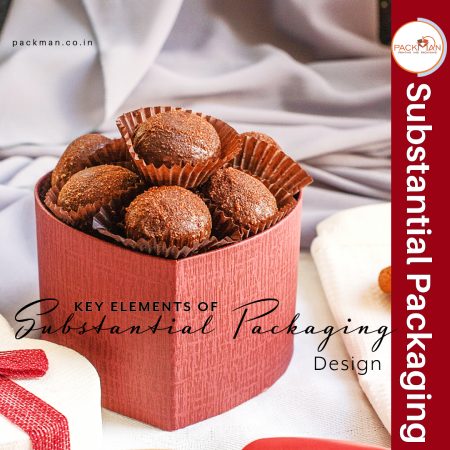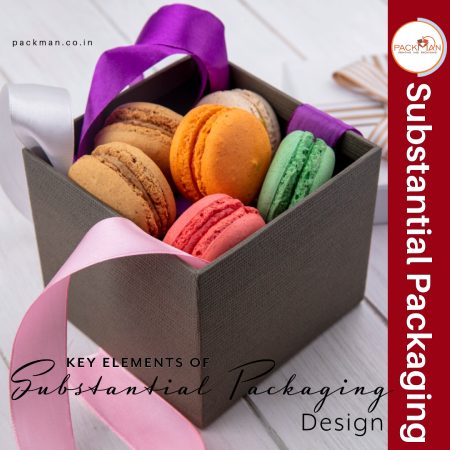Packaging design is a crucial component of any product’s marketing strategy. It serves as the first point of contact between the consumer and the product, making it a vital element in creating a lasting impression. Substantial packaging design goes beyond aesthetics; it must be functional, informative, and aligned with the brand’s identity as is explained here by Packman Packaging India’s top packaging design company.
What are the key elements of substantial packaging designs?
In this article, Gaurav Jalan, Founder of Packman Packaging explores the key elements of substantial packaging design.
Brand Consistency
The packaging design should reflect the brand’s identity and values. Consistency in color, typography, and imagery is essential to establish a strong brand presence. When consumers see the packaging, they should immediately recognize the product as belonging to the brand.
Functionality
A substantial packaging design must be functional. It should protect the product from damage, tampering, and environmental factors while ensuring ease of use. Consider the size and shape of the packaging, as well as features like resealable closures and handles for convenience.
Information and Communication
Effective packaging communicates essential information about the product. This includes product names, usage instructions, ingredients, nutritional information, and safety warnings. Clarity in information presentation is vital for consumer understanding.
Sustainability
In today’s environmentally conscious world, sustainable packaging is increasingly important. Using eco-friendly materials, minimizing excess packaging, and incorporating recycling symbols are ways to demonstrate a commitment to sustainability, which can appeal to conscious consumers.
Visual Appeal
Attractive packaging design can capture the attention of potential customers and create an emotional connection. Visual elements like color, graphics, and imagery should be chosen thoughtfully to convey the product’s purpose and appeal to the target audience.
Uniqueness
Standing out on the shelf is a competitive advantage. A substantial packaging design should be distinctive and memorable. Creativity can set a product apart from its competitors and pique the curiosity of potential buyers.
Durability
Packaging must withstand the rigors of transportation and handling. A sturdy design that ensures the product reaches the customer in good condition is essential. Durability also contributes to a positive consumer experience.
Cost-Effectiveness
Efficient use of materials and production processes is crucial for cost-effectiveness. A well-designed package should not only be visually appealing but also affordable to produce in large quantities.
Target Audience
Understanding the target audience is fundamental in packaging design. Tailoring the design to the preferences and needs of the intended consumer group can significantly impact the product’s success.
Legal and Regulatory Compliance
Adhering to legal and regulatory requirements is non-negotiable. Packaging must meet health and safety standards, as well as labelling and branding guidelines specific to the product’s category.
Substantial packaging design plays a pivotal role in the success of a product. It should reflect the brand identity, be functional and informative, consider sustainability, and appeal to the target audience. Balancing these elements ensures a package that not only looks great but also serves its primary purpose effectively. In a competitive market, investing in substantial packaging design can be the key to capturing the consumer’s attention and loyalty.





